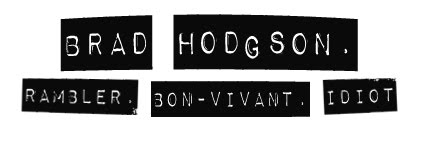(<Here are my tourist photos!>)
Alongside the impressive work was a video documenting the process behind creating the installation.
Acting more as a curator Weiwei, considered every aspect of his work
comprised of 100 million sunflower seeds all crafted from porcelien and hand painted by residents of the city of Jingdezhen whose inhabitants are often jobless and jumped at the chance to work for this unique opportunity,
Weiwei and the curators encouraged visitors to walk across and roll in the work to experience and contemplate the essence of his comment on mass consumption, Chinese industry, famine and collective work
The relevance of the sunflower seed comes from Chinese tradition and also has political leanings with paintings of Chairman Mao often featuring the flower as a symbol of .
Hiroshi Sugimoto
It was interesting to note that he had chosen monochrome photographs as the best way of displaying work.
Displaying them as you would expect any photograph to be, which although may seem like the easy route for me to go down in my own displaying, fitted the work perfectly.
So this option for me is not completely out of the question, and at this point it is my preferred way, but I'm not at the stage to make such large decisions yet and feel that even if I did opt for the photography option the ways of displaying the work are endless, as shown in the photography gallery here at the Tate.
It is cmforting to note that Sugimoto's work has been displayed with very little known about the motive he intended to achiveve through this work and this in regards to me shows that I could achieve this aswel, but i know understand that although my intnetions don;t necesarilly have to be broadcast with m work, i must have intentions whilst making the work, for one to make the work stronger and two to give me greater pride and interest in my own practice. It is now getting to the point where I need to start creating work with my intetnions present rather than jsut meer test pieces
 Another relevant artist I hadn't previously come across was Czech artist Jiří Kovanda.
Another relevant artist I hadn't previously come across was Czech artist Jiří Kovanda.Kovanda's intentions it appears in the work pictured, is to subvert what is to be expected in a traditional landscape, low and behold this takes on the form of a white cube.
I am finding it interesting to note that whilst the work of myself, Sugimoto and Kovanda are very similar in their aesthetic's our original roots and idea's come from very different places
































